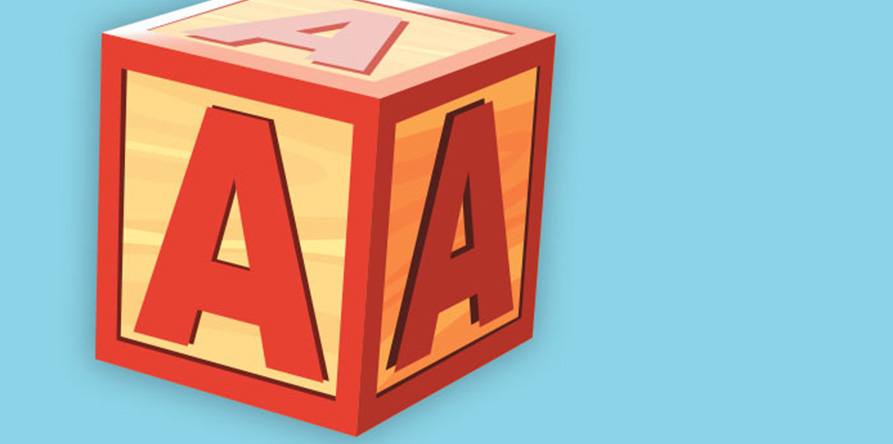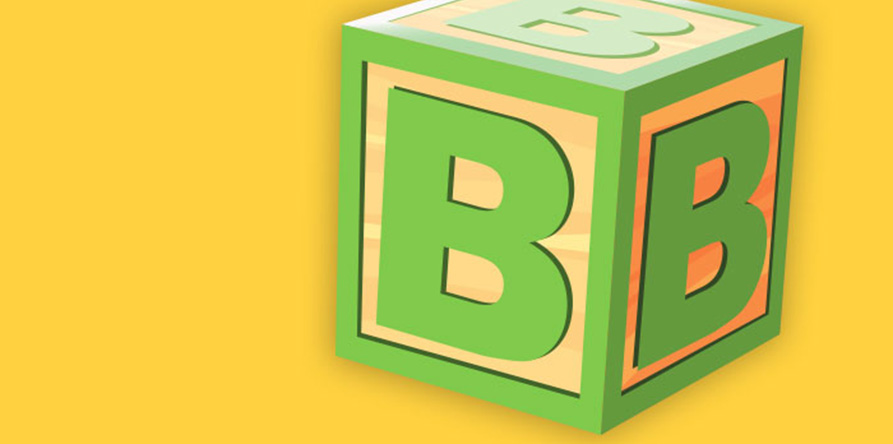- A Registered Education Savings Plan (RESP) is a registered investment account that allows parents and other adults to save for a child’s post-secondary education.
- RESPs offer tax-deferred growth and opportunities to receive government grants, helping boost your education fund.
- Anyone can open and contribute to an RESP for a child or adult, with a $50,000 lifetime contribution limit.
- Opening an RESP early can help maximize investment growth and government assistance.

A - An introduction to RESPs
The ABCs of RESPs
It’s hard for new parents, or grandparents, aunts and uncles, to imagine their baby one day going to university. But as you’ve no doubt heard over and over again, time flies, especially when it comes to raising kids. Before you know it, that doe-eyed newborn will be graduating from Grade 12 and then heading off to post-secondary school, where they will begin adult life. That sounds great, until you remember someone must foot the bill for what’s becoming increasingly pricy university tuition.
Planning financially for that big day, however far into the future it may seem, must happen sooner rather than later. No one wants to get caught covering costs they haven’t considered, which means now is the time to start putting a bit of money away for your child’s educational activities.
Fortunately, the Canadian government has made saving for university easy to do; they’ll even contribute funds to help you and your family reach their education-related goals. All you have to do is open an RESP and, ideally, contribute money to it every year until your child needs it.
In this series, we explain all the ABCs of RESPs.
What is the RESP?
In 1974, Pierre Trudeau’s Liberal government introduced the RESP, a registered investment account similar in some ways to the Registered Retirement Savings Plan (RRSP), as a way to get more Canadians saving for university. As with the RRSP, money can be invested in a variety of securities, and grows on a tax-deferred basis. That money will get taxed when it’s removed from the account, but the taxes will be based on the student’s taxable income, which will likely be low, given that most 20-something students aren’t earning much yet. The RESP has its own unique features, too, which we will explain.
Why should you save for post-secondary school now?
In today’s job market, post-secondary education, whether it’s university or a trade school, is essential for finding work. Unfortunately, it’s also expensive, with undergraduate university tuition ranging from about $6,000 to $16,000 or more in the 2025–26 academic year, depending on the academic program, according to Statistics Canada.
Plus, the average all-in cost for a student living off-campus (including rent, food, transportation, utilities and entertainment) comes to roughly $2,180.50 per month, or $17,444 per academic year.
Now, multiply that by the four years of a bachelor’s degree and the number of children you have or intend to have, and you may be talking about hundreds of thousands of dollars that you have to come up with in a few short years. And that’s without even considering grad school.
Clearly, after purchasing a home and saving for retirement, paying for a child’s higher learning is the biggest financial challenge a typical Canadian family faces.
Three ways to pay
Canadian students typically cover the cost of their university, college or vocational training with some combination of the following three sources:
- Registered Education Savings Plans (RESPs)
- income and/or savings from parents, themselves or other relatives or benefactors
- student loans
Relying only on income and savings is hard for most families, since the student or family member will have to pay tuition from whatever they are earning at that moment, and it has only limited tax advantages. Student loans saddle students with costly debt, which they often end up paying well into adulthood, when they can least afford it. RESPs, by contrast, allow a family to spread the cost of education over decades, with the added benefits of tax-efficient investment growth and government grants.
(There is a fourth source of education funding, scholarships and bursaries, but these are not available to all students and often don’t cover the full cost of education.)
When should you open an RESP?
The best time to open an RESP is when the child is very young, allowing you to benefit from the maximum possible investment growth and government assistance. Even if you’re unable to contribute every year, you don’t lose any contribution room, while the Canada Education Savings Grant, which is essentially free money the government gives you for contributing (more on that soon), can be carried forward and used later. However, an RESP can also ease the cost burden for families with older children and even working adults aiming to upgrade their skills. To open an account, you’ll need social insurance numbers for both the person contributing and the beneficiary of the RESP, along with their birth certificate or permanent resident card.
Who can open and contribute to an account?
Many people think RESPs are for conscientious parents who want to start saving for their child’s education early, but that’s only part of the story. Anyone, including a grandparent, uncle, aunt, dad’s best buddy or mom’s generous boss, can open an account for a child, or even for another adult who may want to go back to school. Children can have multiple accounts opened in their name, but the key here is that the total amount of deposits across all RESPs can’t exceed the $50,000 lifetime maximum contribution limit. You can make contributions for 31 years from the day you first open an account and have until the end of the 35th year to use the funds, or the RESP will expire.
In the official documentation, RESPs use the following terms for different stakeholders:
- subscriber: the person or couple who opens and funds an RESP
- beneficiary: the child whose education is being funded
- promoter: the financial institution that holds and manages the RESP account
There are a variety of registered savings accounts available to Canadians such as the RRSP and the TFSA, but the RESP is beneficial for many reasons when it comes to education savings.

